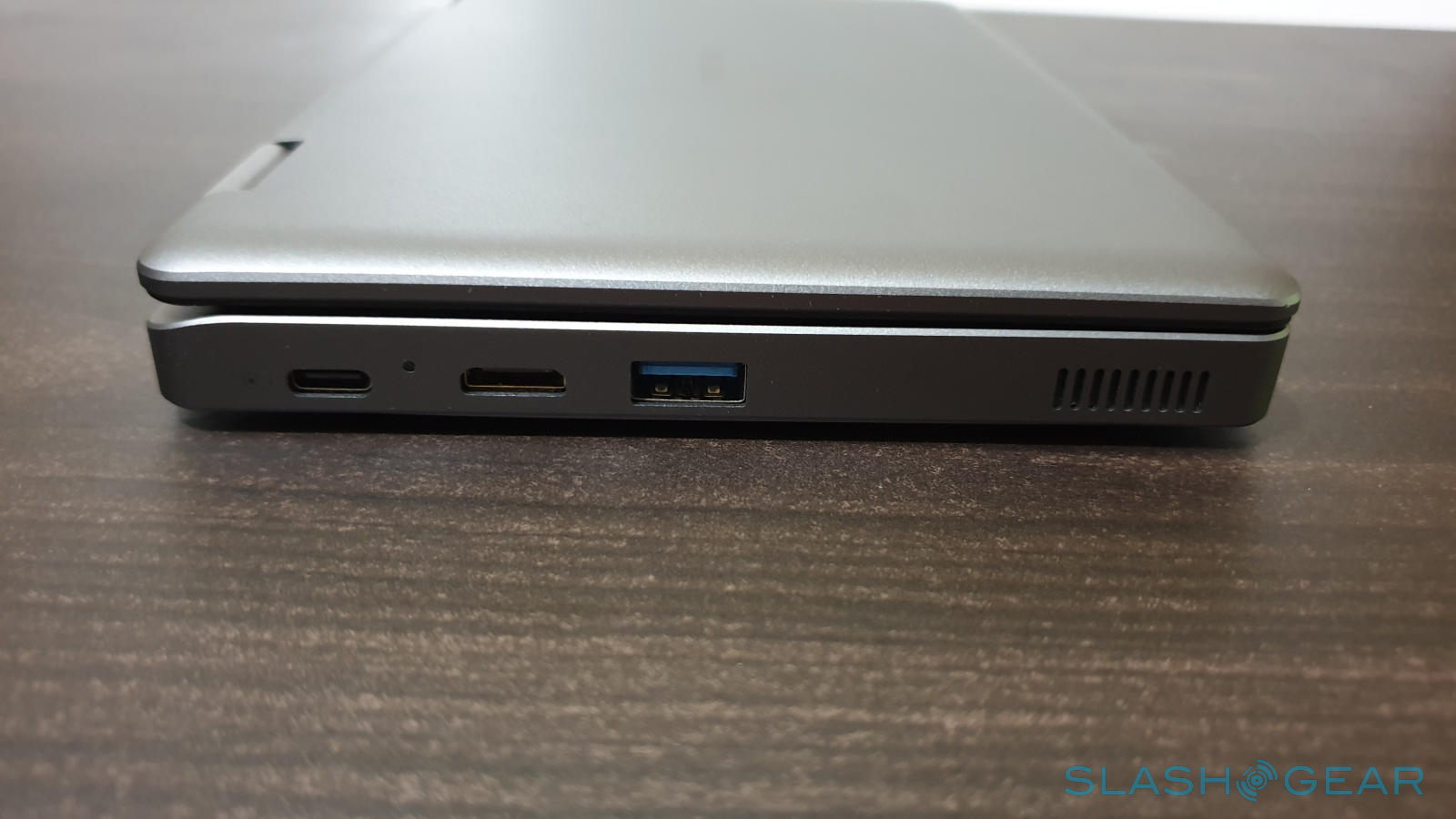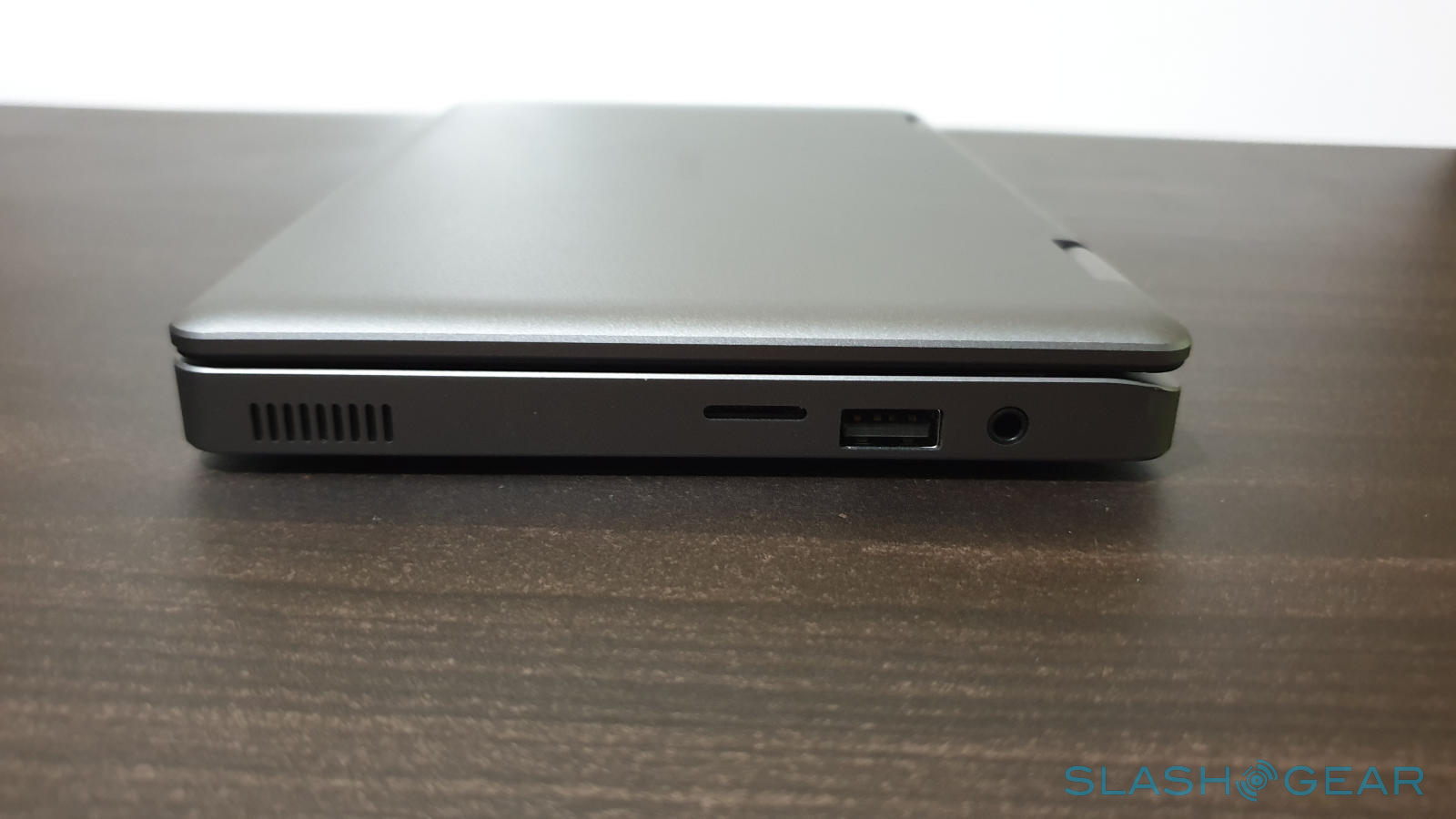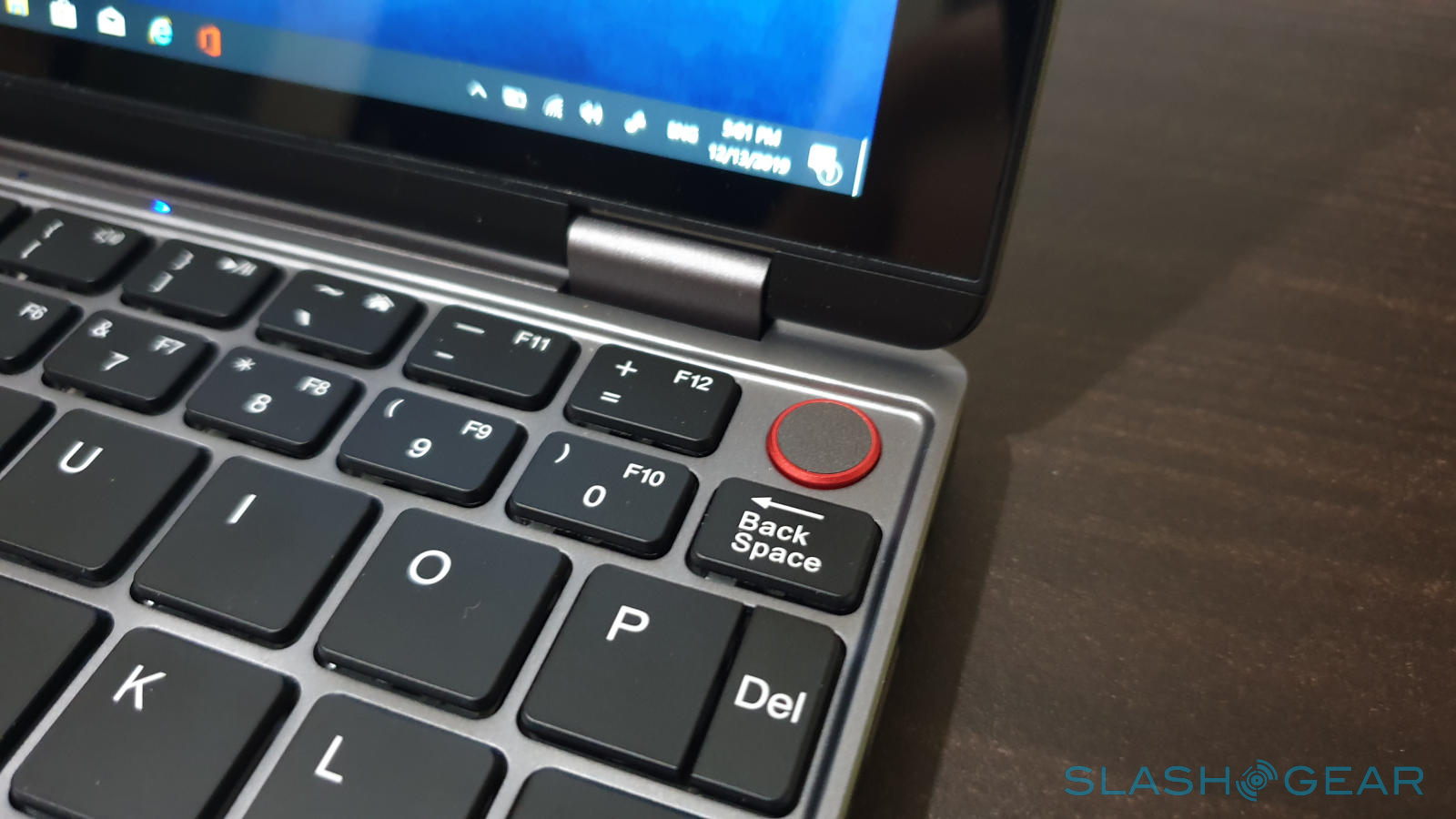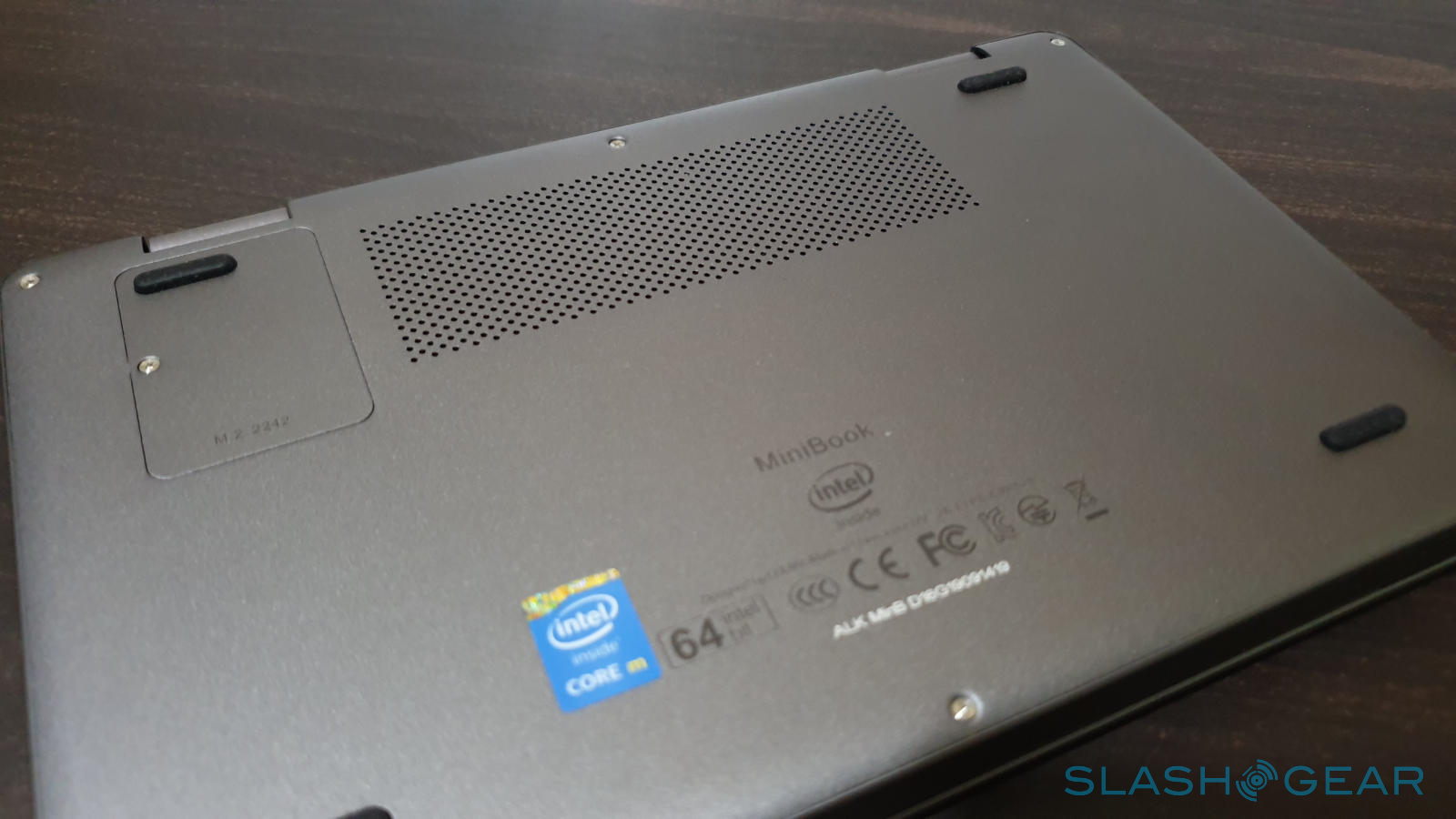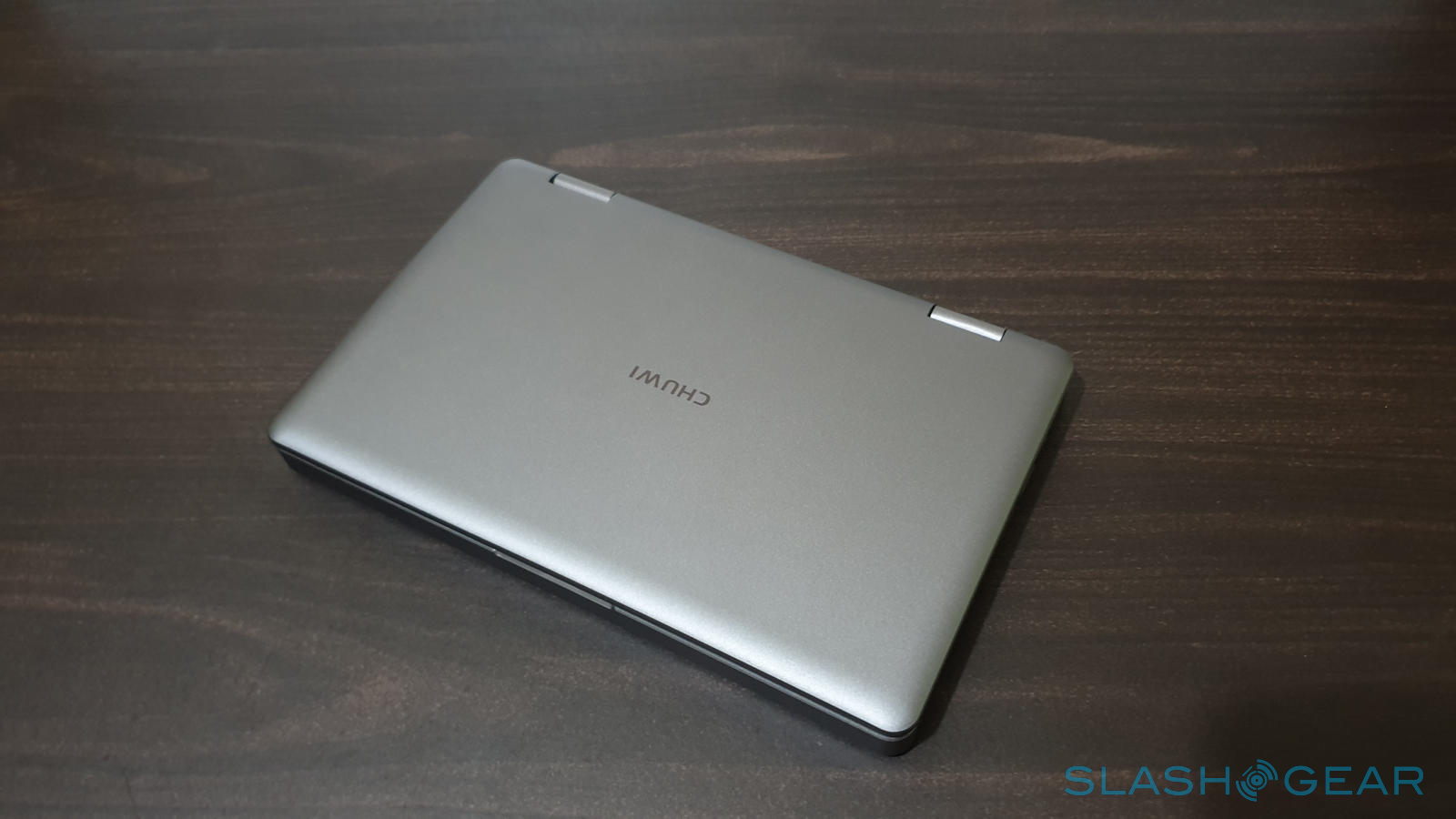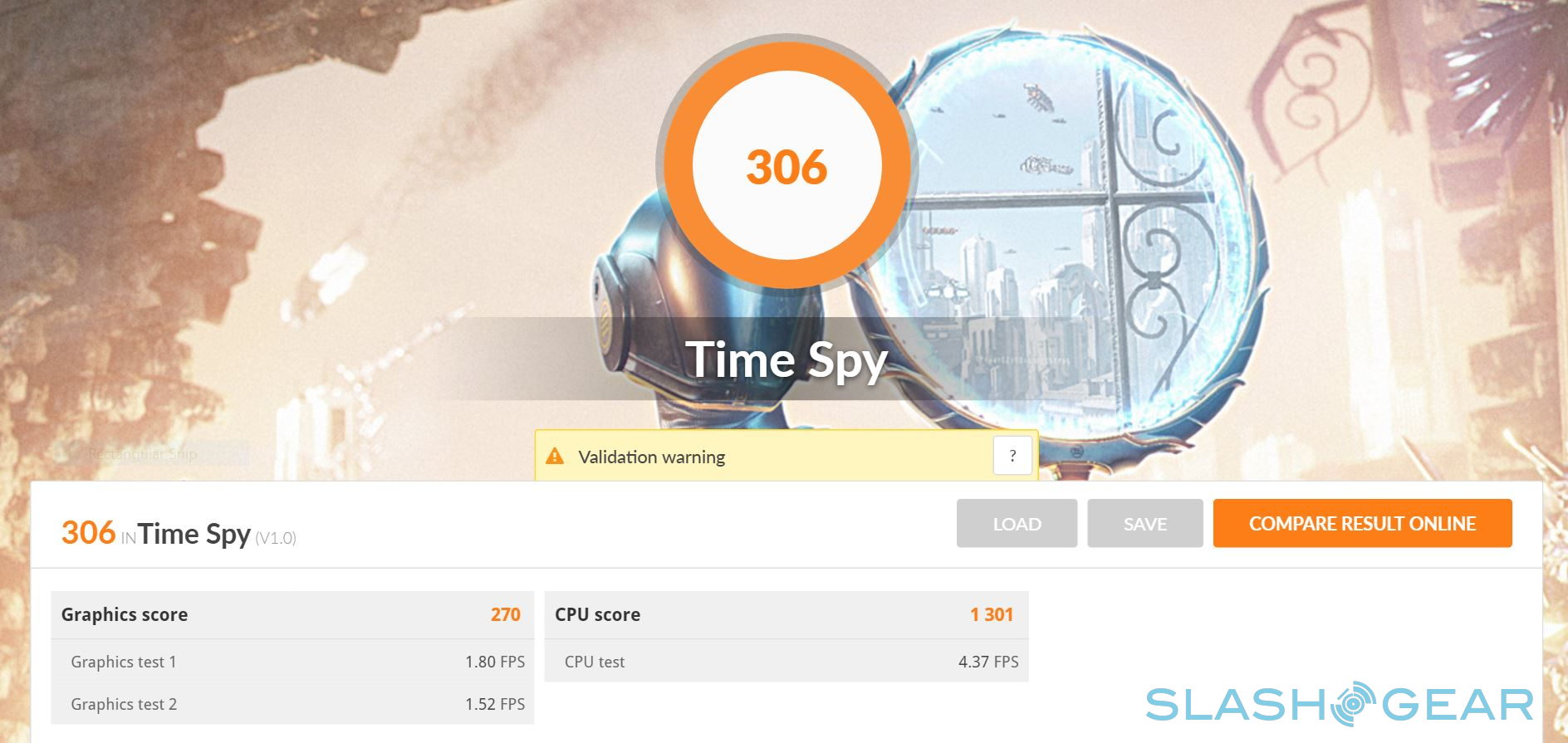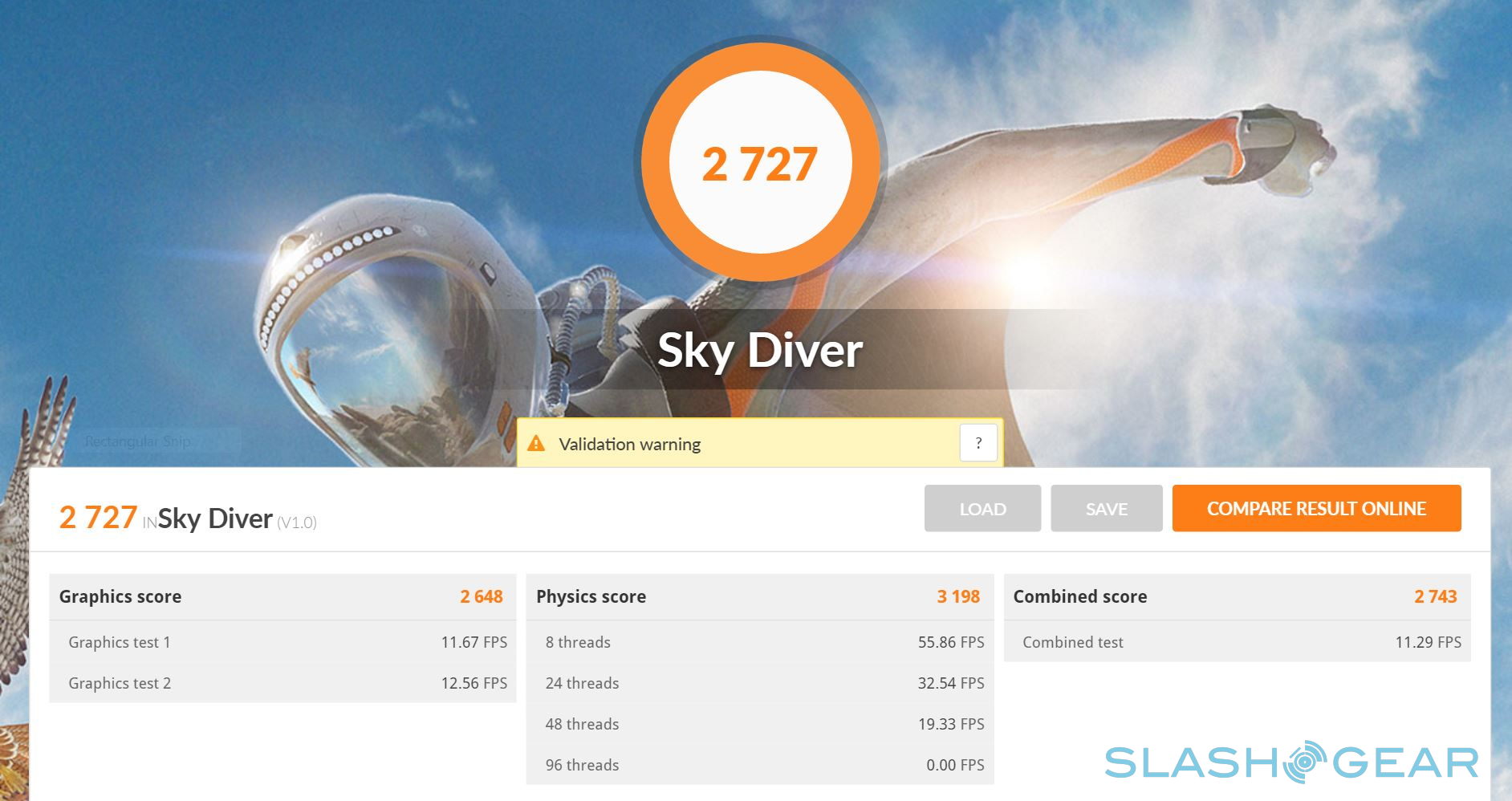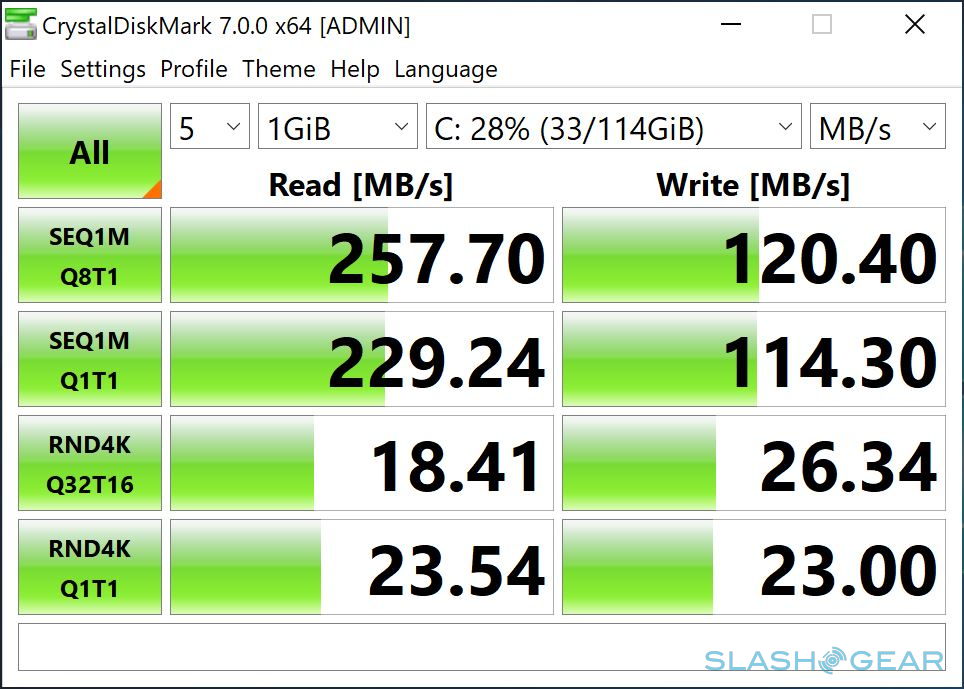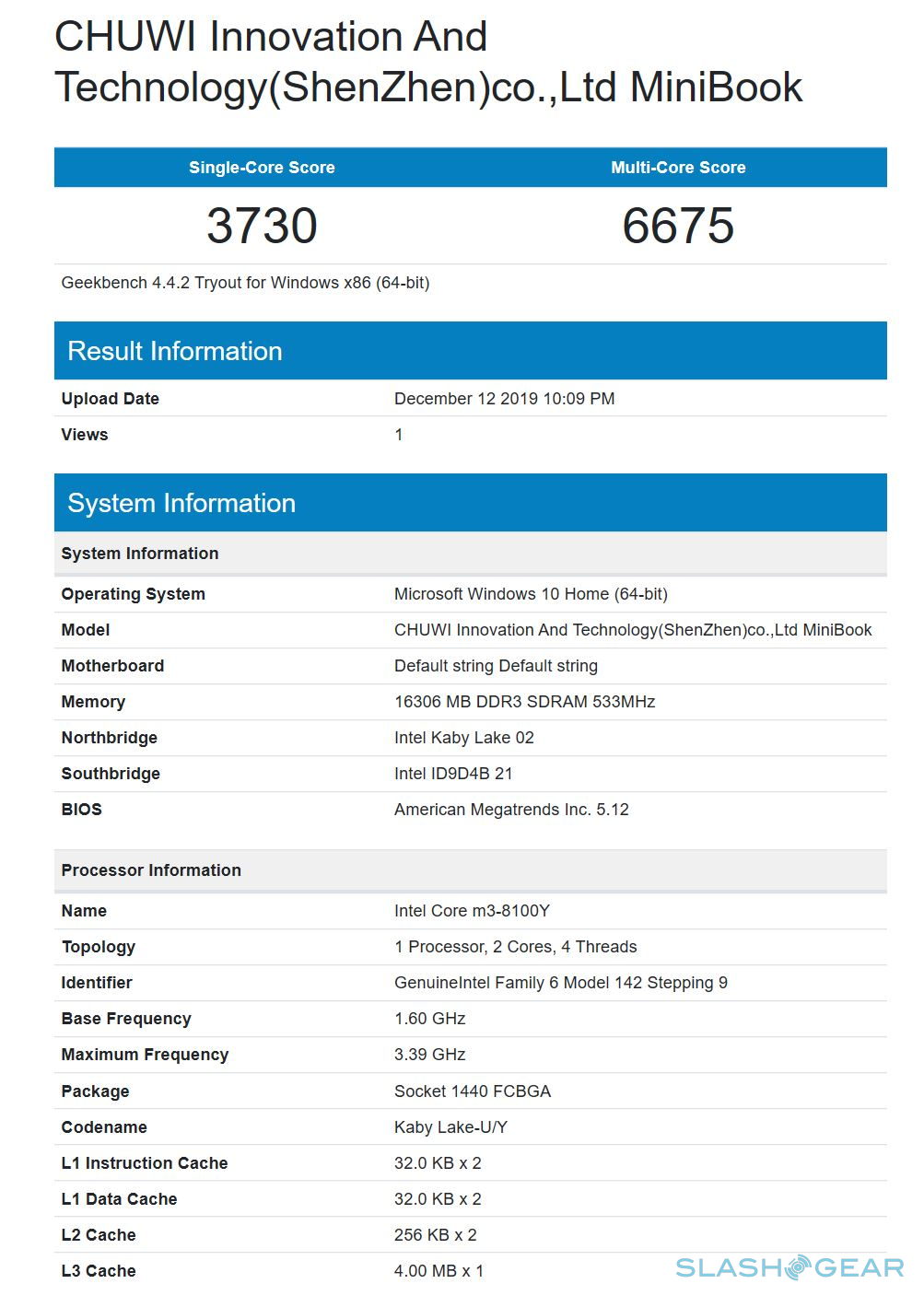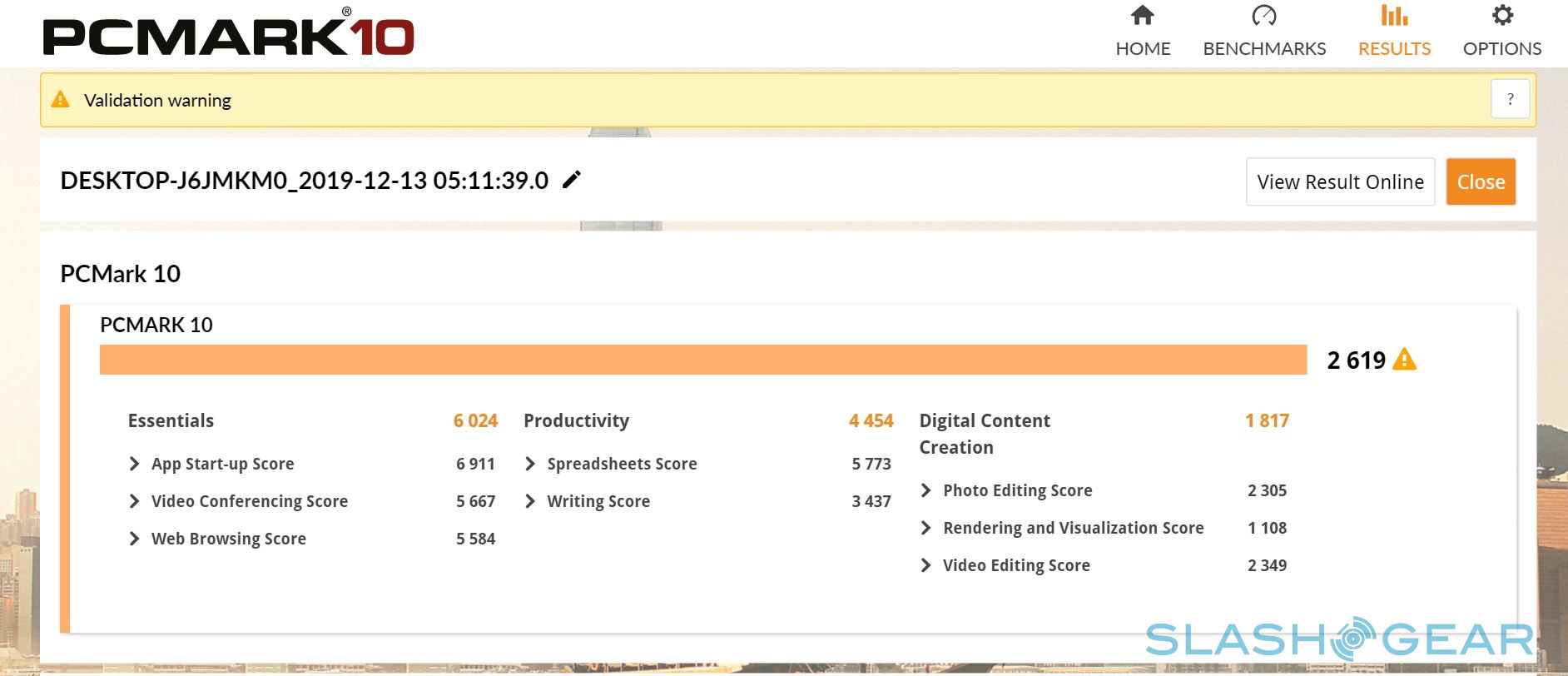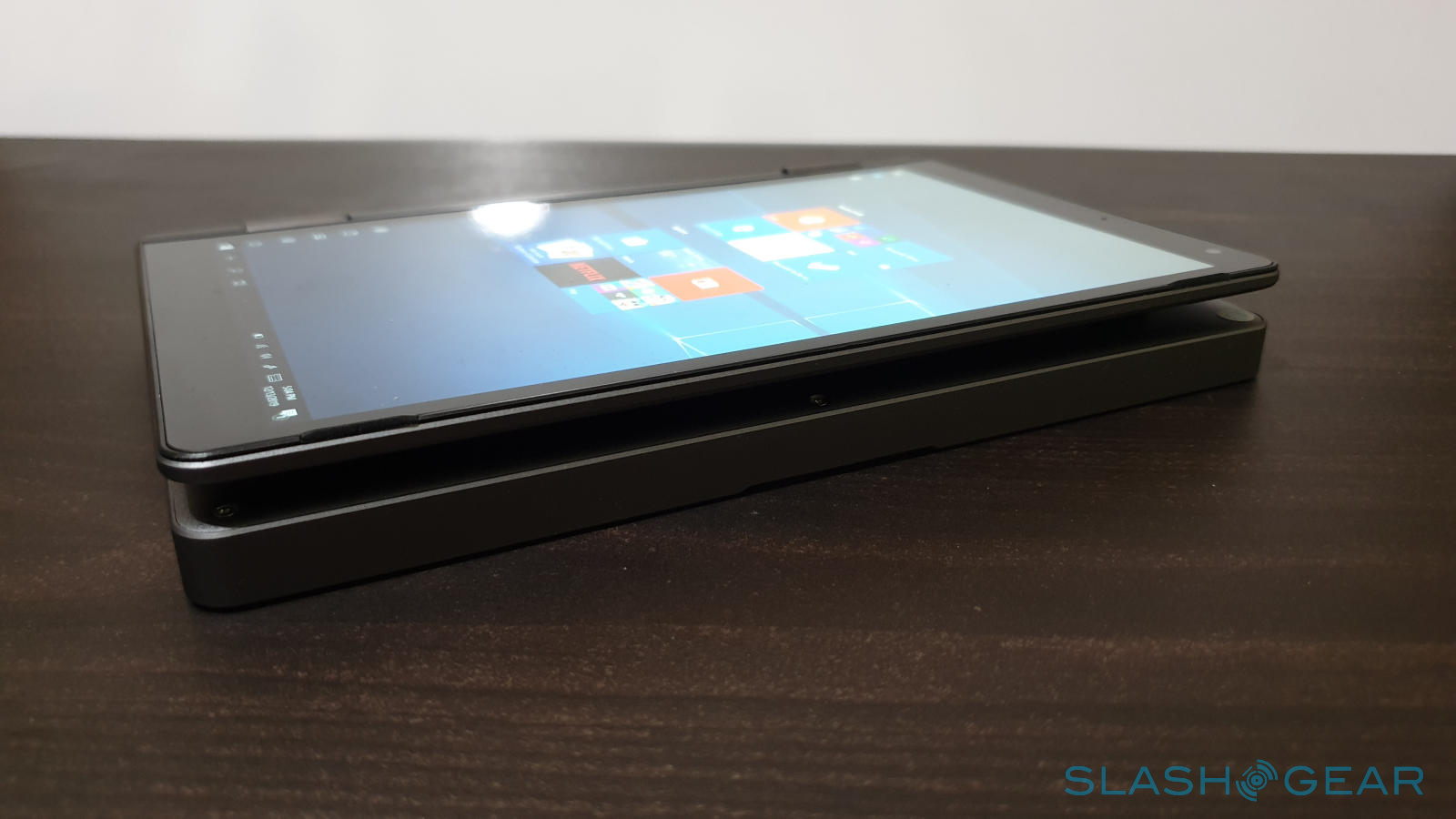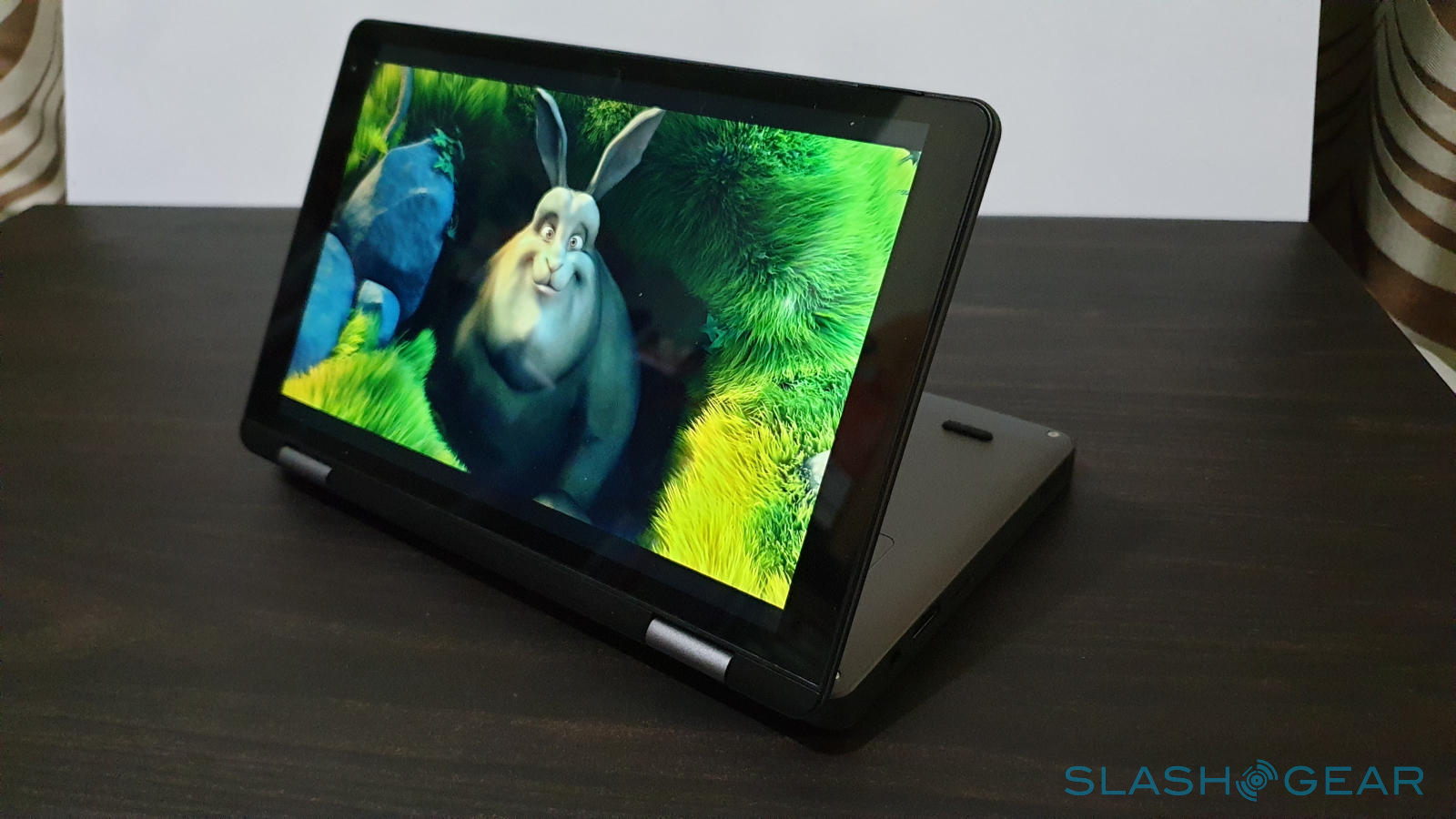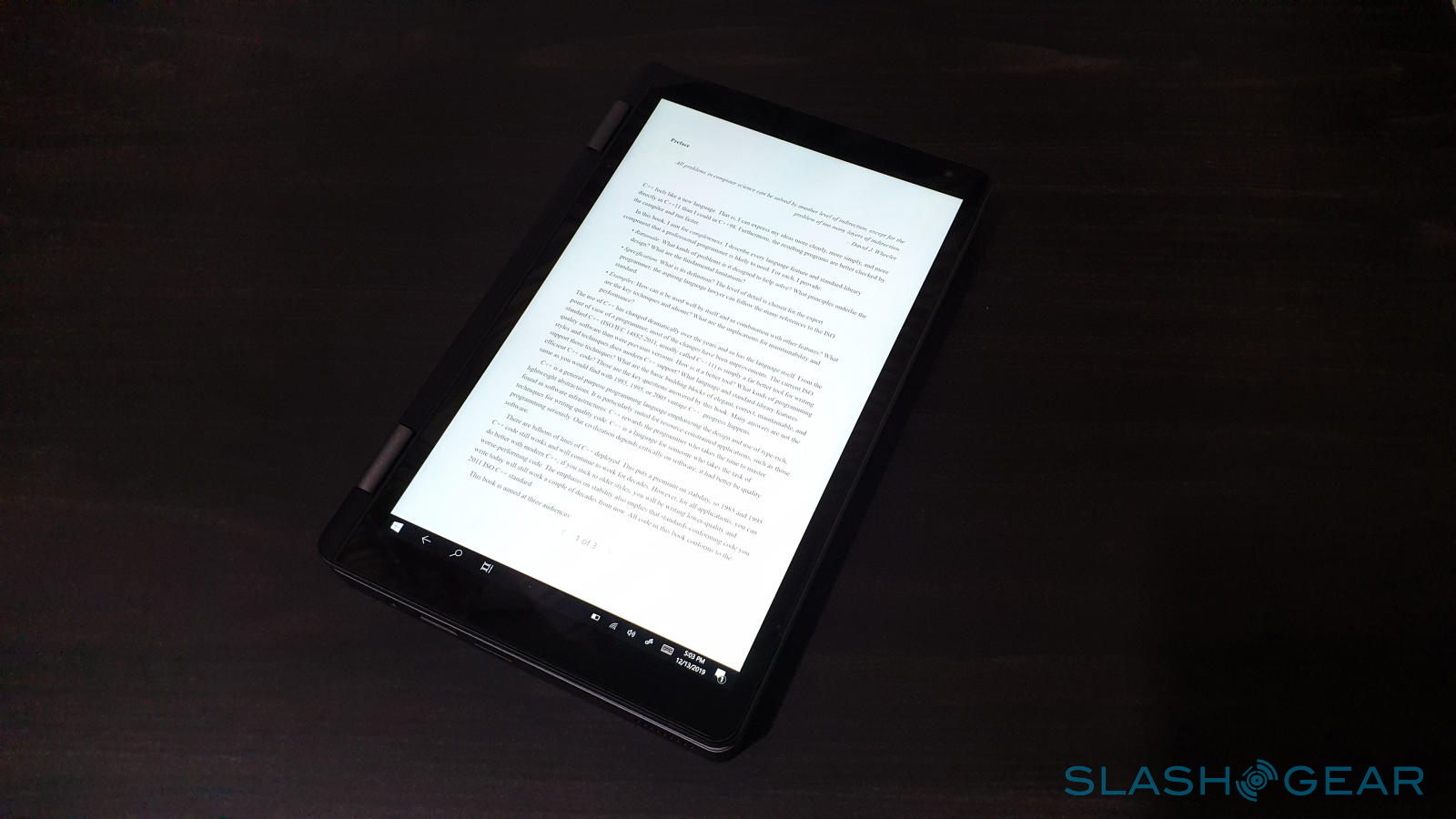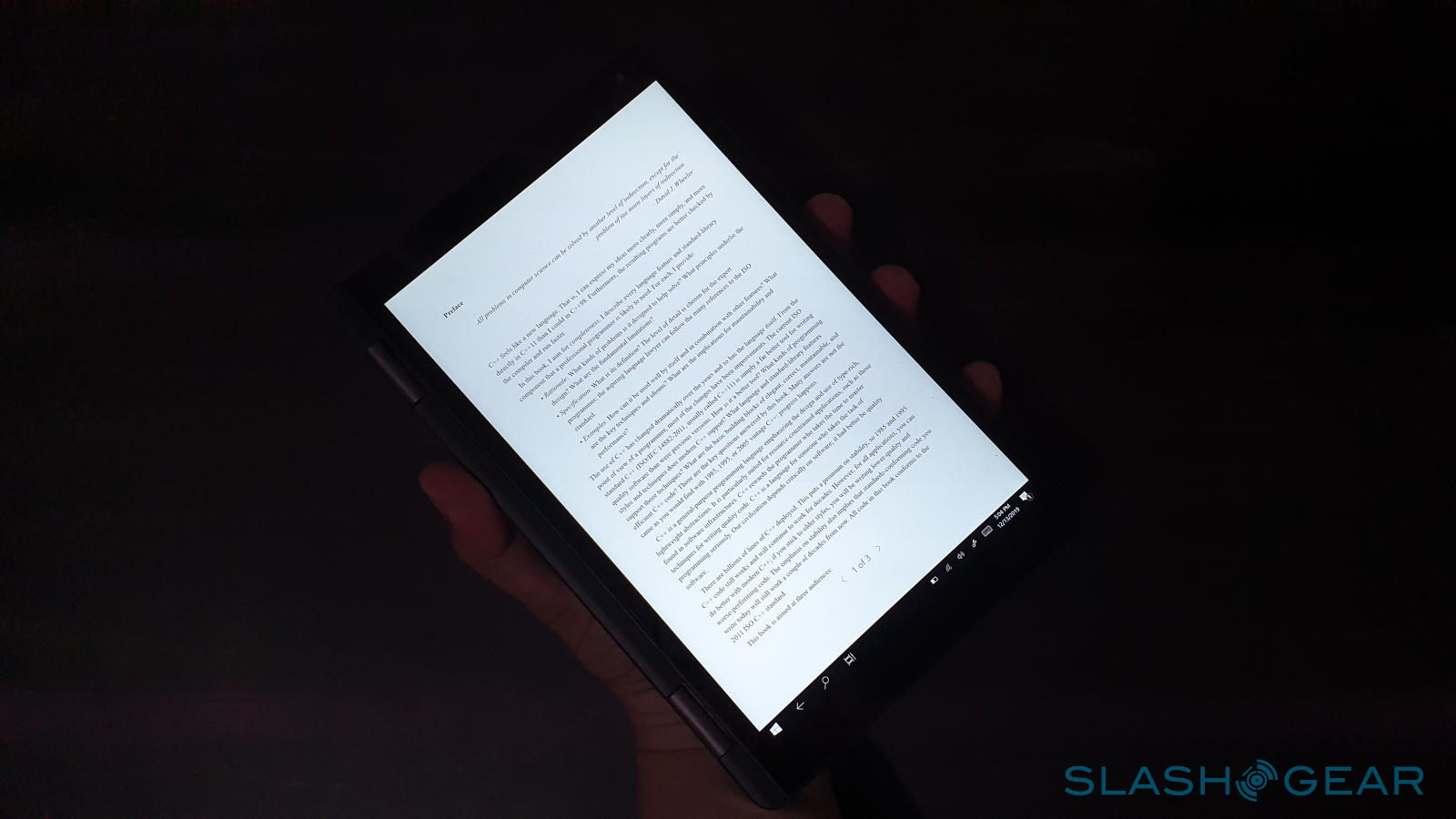Chuwi MiniBook Review: Big Potential With Small Problems
- Easily accessible and upgradable M.2 SSD
- Full-sized USB-A ports
- Decent performance for most tasks
- Terrible keyboard layout
- Low-resolution webcam
Netbooks may have been short-lived but their legacy lives on in quite a number of different kinds of computing devices. On one side, Chromebooks share the same cloud-centric DNA, this time defined by Google's platform based on what is essentially a web browser on steroids. On another side, a breed of mini-laptops have popped up, perhaps inspired by the dream of portability that Netbooks once promised. Some may scoff at their diminutive size but a niche market has proven it can be profitable though with proportionally small margins. The latest to join this fray is Chuwi MiniBook and we take a good hard look at it to see if the small laptop will be able to deliver the same impressive experiences Chuwi's other products have so far been able to offer.
Design
The MiniBook is Chuwi's first attempt at a Windows device smaller than 10 inches. In a way, it is also late to the party with fellow Chinese companies GPD One Netbook leading the way when it comes to this niche mini-laptop market. That said, Chuwi has had a longer experience when it comes to catering to Windows users with more traditional computing needs and some of that shines through in the device's design.
The Chuwi MiniBook is made from premium materials and feels solid in the hand, perhaps even too solid. The laptop has a very industrial appearance, with hard flat edges and very few curves. Together with a dark gunmetal color, there will hardly be any comparisons with a MacBook Pro. Given how much is crammed in such a small space, it should be no surprise that the MiniBook feels quite hefty despite its small chassis.
Just like the One Mix 3 but unlike the GPDP P2 Max, the MiniBook adopts a Yoga-like design, flipping backward completely to convert from a laptop to a tablet and anything in between. Having made countless laptops in the past, Chuwi knows how to employ sturdy hinges that will stand the test of time. Perhaps Chuwi made them even too stiff, requiring some effort to move the laptop lid.
Specs and Performance
Gone are the days when you could only use low-power, low-performance components inside a computer of this size. Of course, you pay the price, both monetarily and thermally, with added power but at least now the option is possible. The Chuwi MiniBook, for example, is powered by what may be the last Core M processor, specifically a Core m3-8100Y that outperforms the Pentium Gold in the Microsoft Surface Pro 3 by just a bit. This is joined by 16 GB of RAM, again a recent luxury for such small devices.
Despite its size, the MiniBook offers quite a punch when it comes to hardware features. There are two full-sized USB-A ports in addition to a USB-C that's used for both charging and data. It uses a sturdier mini-HDMI connection instead of the micro version. Perhaps more impressive, the 128 GB M.2 2242 SSD is actually upgradable and Chuwi even has a hatch for easier access.
Performance is as you would expect from a Core m3 device and is mostly on par with the One Mix 3 we reviewed a few months back. That means the Chuwi mini-laptop can handle the majority of computing tasks with aplomb and can even handle very light gaming. Throttling, however, is an even bigger concern in such a cramped space and the audible fans tend to kick into gear more often than you'd like.
Battery life estimates given by manufacturers are almost always too generous and Chuwi conveniently skips giving any number in that regard. The 26.6 Wh battery inside may sound plenty but real-world use brings to its knees in just four hours on average. The good news is that it could also be charged using the same USB-C power bank you may be using for your phone.
Display and Audio
It's almost too easy these days to get access to quality LCD panels which helps give the MiniBook an edge. The laptop's 8.0-inch screen is clearly a repurposed tablet panel, with wide bezels left and right, which would be top and bottom for a small tablet. That means there's only room for a webcam at the left (top) side of the screen, definitely an odd placement for it. The 2.0 megapixel sensor won't win any awards but at least there is one should you ever need to make a video call.
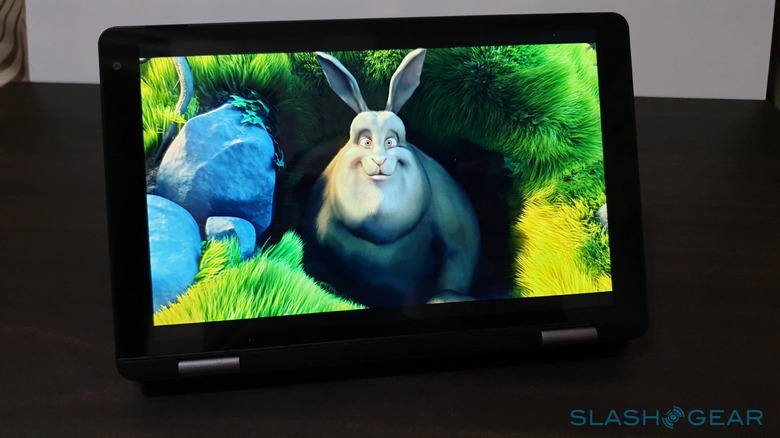
As is the norm for such screens, the MiniBook's display is blindingly bright at maximum. Colors are vibrant as well, even if things like HDR are foreign concepts to these displays. With a resolution of 1920x1200, the screen is also very pixel-dense, making UI scaling a necessity. Amusingly, the MiniBook starts with a default zoom level of 200%, making things too gigantic at the start.

Audio isn't exactly spectacular but at least usable. It can get quite loud but at the expense of very noticeable distortion at maximum levels. Sound can be a bit tinny too, lacking some bass to give it a decent punch. The one impressive feature is that the MiniBook actually has stereo speakers and the grills on both sides aren't just for show or vents.
Keyboard and “Mouse”
So far, the Chuwi MiniBook has proven to be a mixed bag leaning more on the positive side of things. Unfortunately, it starts to take a nosedive when it comes to its most important use case: typing. Small laptops naturally have problems with space for even a laptop keyboard layout but, over the years, some manufacturers have stumbled on less painful ways to arrange the keys. Given its late arrival, you'd think that Chuwi would have learned from the lessons its competitors learned the hard way. Sadly, that isn't the case.
To be fair, we've seen keyboard layouts that put as many as three symbols in one key. We've seen layouts that move familiar standard keys to awkward locations. The MiniBook is one of those, like with how it combines the "A" and Caps Lock key at the edge of the layout. Or how it places the single quote key in a place you're likely to hit when trying to reach out for the cursor keys.
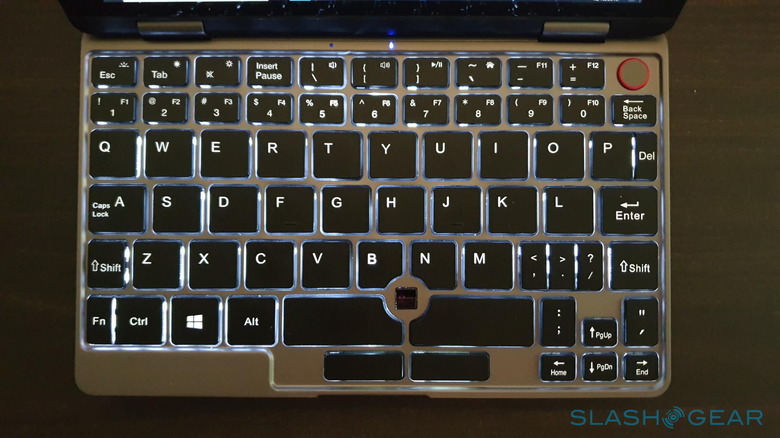
The most egregious departure from the norm, however, is the optical nub that serves as a mouse. It is located near the middle of the keyboard, beneath the "B" and "N" keys whose keycaps are cut off to make room for the nub. Below the nub are split Spacebar keys and below that are the left and right mouse buttons. You can probably guess which button you're likely to erroneously hit when trying to left-click on anything.
Tablet Mode
Fortunately, the MiniBook is more than just a laptop. It transforms into a tablet and in that regard, it does actually behave well. Windows 10 might not be the most touch-friendly OS in the world but it has considerably improved in the past years. And given the small screen, you are likely to limit your use to a few things that happen to be where Windows is good at.
The Chuwi MiniBook makes for a great consumption device on the go, something you can quickly stash in your bag (but not your pocket) in a flash. The bright and vibrant screen, paired with workable audio, makes for a good video player. The size of the screen is also great for reading and browsing but do mind your arms. Given the weight, it won't be so comfortable to hold up for long periods.
Wrap-up
As with any unconventional device, the biggest question that will come to consumers' minds is "why". After all, for $500, the starting price of the Core m3 configuration with 8 GB RAM, you could probably get a more powerful laptop that's more comfortable to type on. You won't, however, be able to find a laptop of that price that you can drop in a small bag or big purse, definitely not one that can outperform even cheaper notebooks running on Intel Celerons and Pentiums.
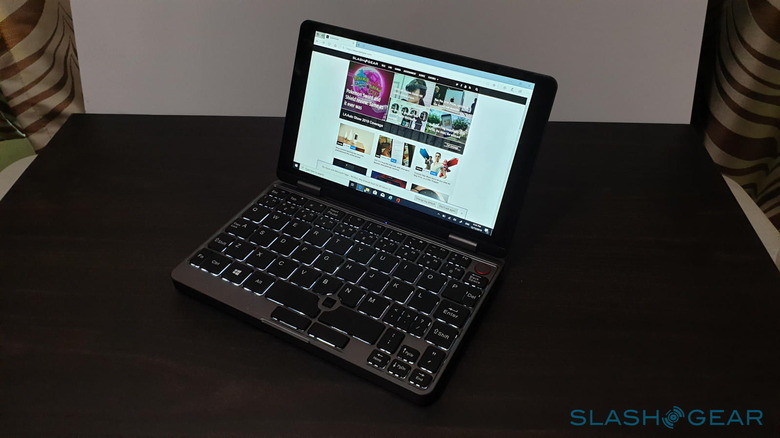
Sadly, the keyboard layout makes the Chuwi MiniBook a less convincing option. Perhaps Chuwi decided to be different for difference's sake but the end result makes it different for the wrong reasons. It could take a bit of training to get used to the odd keyboard but that is a cost that buyers shouldn't have to pay. Fortunately, Chuwi isn't a new player in the market and, if it deems there is enough demand for it, could have a MiniBook 2 that will be a pleasure to type on.

